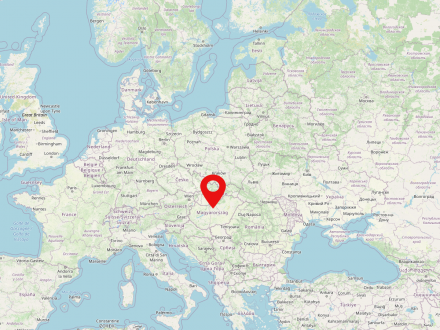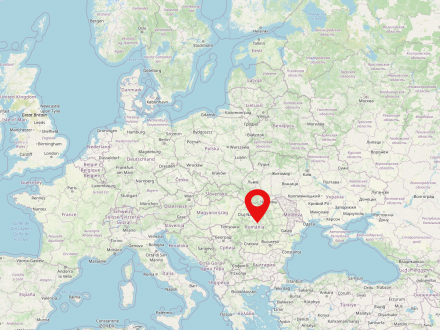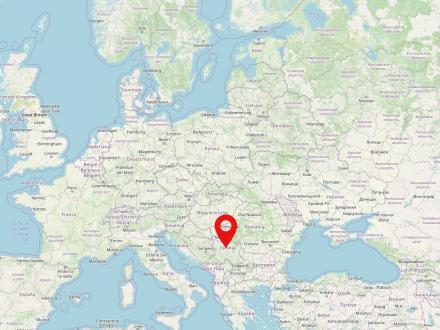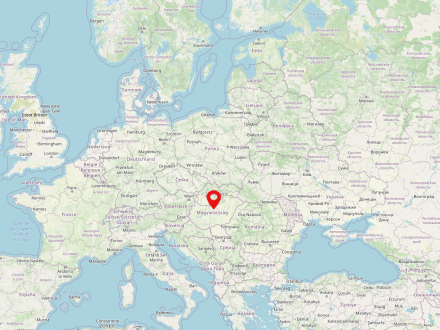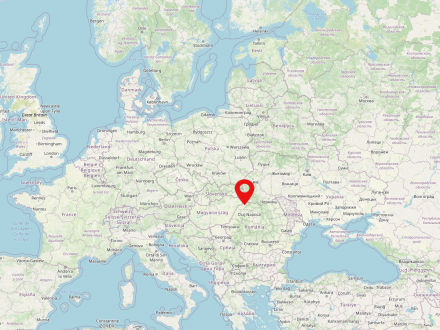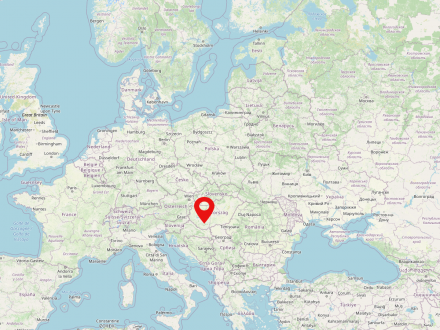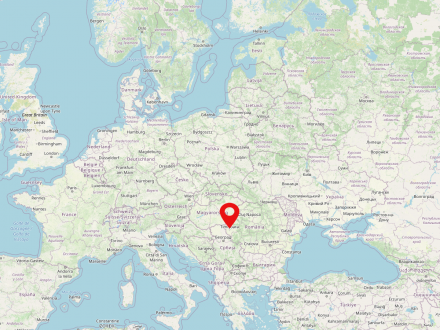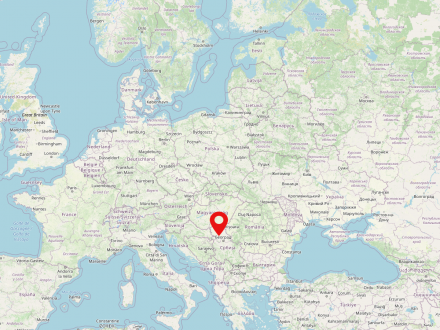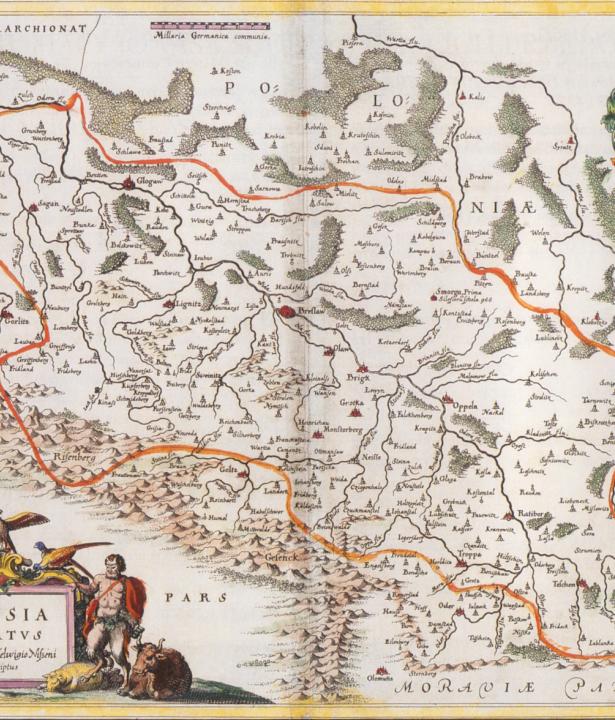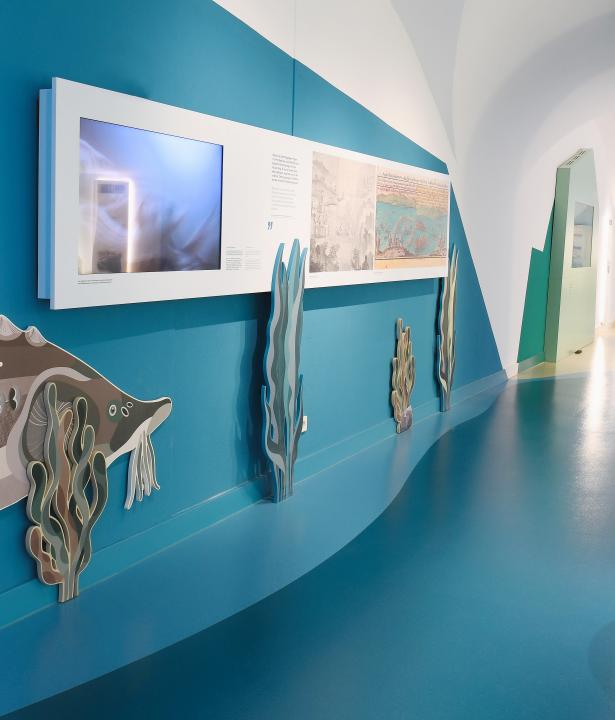The Kingdom of Hungary (Magyar Királyság) existed in changing borders since the year 1000. Already in the early modern period it fell to the Habsburg Monarchy, in which it later became the most important of the so-called Lands of the Hungarian Crown (also Lands of the Holy Hungarian Crown of St. Stephen or, after 1867, also called the Hungarian half of the Empire). Unlike other Habsburg territories - such as the lands of the Bohemian Crown or the Archduchy of Austria itself - the Kingdom of Hungary never belonged to the Holy Roman Empire.
Hungary is a country in Central Europe, whose capital is Budapest. The country is home to about 10 million people and was part of the so-called Habsburg Empire for several centuries. Hungary has been a member of the European Union since 01.05.2004. The Danube is the largest river in the country.
Romania is a country in southeastern Europe with a population of almost 20 million people. The capital of the country is Bucharest. The state is situated directly on the Black Sea, the Carpathian Mountains and borders Bulgaria, Serbia, Hungary, Ukraine and Moldova. Romania was established in 1859 from the merger of Moldova and Wallachia. Romania is home to Transylvania, the central region for the German minority there.
Serbia (Serbian: Србија) is a country in southeastern or central Europe. The country is inhabited by 6.9 million people. Belgrade is the capital and largest city of Serbia. Serbia belongs to the so-called landlocked countries and is geographically classified as part of the Balkan Peninsula. The majority of the population are Orthodox Serbs.
Croatia (Croatian: Hrvatska) is a country in Central and Southeastern Europe with approximately 4 million inhabitants. The capital and major city of the country is Zagreb. Croatia borders the Adriatic Sea and the countries of Slovenia, Hungary, Bosnia and Herzegovina, Montenegro and Serbia. Most of Croatia is geographically included in the Balkan Peninsula. Croatia is predominantly Roman Catholic. The country has been independent since 1991.

Budapest is the capital of Hungary and the largest city in the country with about 1.7 million inhabitants. It is located in central Hungary on the Danube River. Budapest was created in 1873 by the merger of the cities of Buda and Pest.
Satu Mare is a major city in northwestern Romania. It is inhabited by 102,000 people and is located in the historical region of Sathmar. The city is located near the border with Hungary on the Someș River.
Pécs is a large Hungarian city in the south of the country. It is inhabited by 157,000 people and is the seat of Baranya County in the South Transdanubian region.
Timișoara is a large city in western Romania, not far from the borders with Serbia and Hungary. It was a settlement center of the German-speaking Danube Swabians until World War II. Timișoara has just under 320,000 inhabitants.
Novi Sad (German: Neusatz) is a large city in the north of Serbia. The city is home to 230,000 people, making Novi Sad the country's second largest city. It is the capital of the Vojvodina region and is located at the mouth of the Little Batschka Canal into the Danube.




